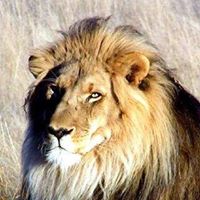Which of these can live in a terrarium?
Terrarium, simulating a dry habitat, for instance, desert or savannah. A terrarium can also be formed to create a temperate woodland habitat and even a jungle-like habitat.
This can be created with pebbles, leaf litter and soil. By misting the terrarium, a natural water cycle occurs within the environment by condensation forming on the lid causing precipitation. Many kinds of plants are suitable for these habitats, including bromeliads, African violets and Crassulaceae. Animals commonly held for observation include reptiles, amphibians, insects, spiders, scorpions and small birds.
Iguanas are also some of the smartest and most affectionate lizards with the ability to form social bonds. These scaly giants are naturally found throughout the tropical of rainforests of South and Central America but are now invasive in Texas and Florida.
Iguanas are typically housed in either custom screen or wooden vision cages: Iguanas over 1.5 feet long should be moved to a larger terrarium or enclosure. The minimum sized cage for adults is 4ft x 6ft x 6ft (121.92 cm x 182.88 cm x 182.88 cm). Hatchlings are best kept in 20-gallon terrariums with screen tops.
More Info:
www.everythingreptiles.com









